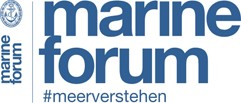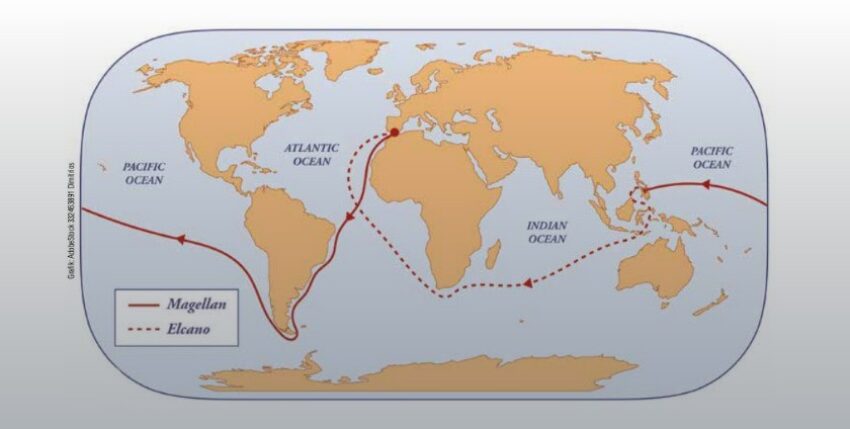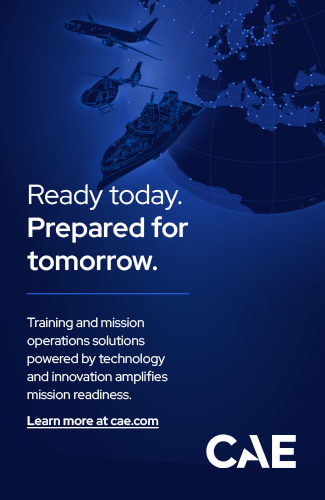Ferdinand Magellan never wanted to circumnavigate the globe and never did. The voyage he began was completed 500 years ago by the Spaniard Juan Sebastián Elcano.
Thanks to Providence, we reached the bay of San Lucar, and of the sixty men who made up the crew when we left the Moluccas, we were only eighteen, and most of them were ill." This is how Antonio Pigafetta, the chronicler of the first circumnavigation 500 years ago, described the arrival of the VICTORIA on 6 September 1522 in the port of Sanlúcar de Barrameda, exactly where the ship had set sail three years earlier, at the mouth of the Guadalquivir into the Atlantic. Its captain, the Spaniard Juan Sebastián Elcano, whom Pigafetta did not mention, wrote a letter to his king and Emperor Charles V after its arrival, in which he summarised the incredible voyage in one sentence: "We have discovered and circumnavigated the whole round of the world, travelling west and returning from the east."
As far as we know, no one else had ever achieved this before him. He hadn't set out to do it either. Like all the others who set sail from Sanlúcar in 1519, he wanted to reach the Spice Islands. The Portuguese Ferdinand Magellan had come up with the idea: If the world was a sphere - as his more educated contemporaries assumed at the time - it should be possible to reach the Moluccas, which were coveted for their spices, not only via the well-known eastern route, but also by travelling westwards. There were two problems: America, which had just been discovered by Columbus, lay in the way, and behind America was the Pacific Ocean, the vastness of which no European had yet recognised. The Portuguese King Manuel I thought that such an adventure was not worthwhile. After all, there was the eastern route. And the east belonged to Portugal.
A few years earlier, in 1494, Portugal, which was already a great power, and Spain, which was just becoming one, had divided up the world between them in the Treaty of Tordesillas: the east for Portugal, the west for Spain. Nobody had considered the possible spherical shape of the earth. King Charles now wanted to utilise it for Spain: by having Magellan fetch spices, as valuable as gold, from the Moluccas, which were just as much in the far west as in the far east. The irony of the story is that it was a Portuguese of all people who set sail for the Spanish. As if the Americans had sent Yuri Gagarin to the moon in 1969.
Compared to the first circumnavigation of the globe, the Apollo 11 mission was an all-inclusive holiday, especially as all participants landed safely back on Earth afterwards. Of the 247 men who set off on the Moluccan voyage in five ships in 1519, only very few returned. They had discovered a passage at the southernmost tip of America - today's Strait of Magellan; they had crossed the endless Pacific Ocean, coming ever closer to madness; after Magellan had lost his life in a less than heroic attack on a Philippine island, they had found the Moluccas in two of the original five boats, loaded the boats with spices and sailed further west in one of the two, the VICTORIA, under Elcano's leadership. Which had never been the plan. But they reached their destination, a glorious 18 of the 60 that had set out from the Spice Islands. The rest "deserted on the island of Timor, others were sentenced to death for crimes and still others starved to death," explained the chronicler Pigafetta.
Humanity gave all the credit for this heroic deed to Magellan, in which there is some justice, because he had dared to go mad. But Elcano also deserves credit for completing what was a possibility in Magellan's voyage but not yet an idea. Elcano died four years later on his next voyage across the Pacific to the Moluccas, not yet 40 years old.
Martin Dahms










